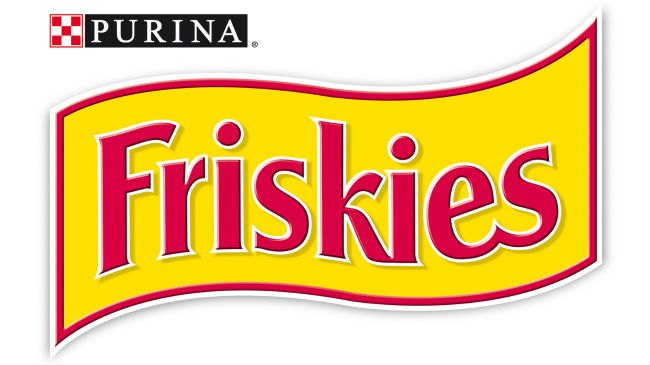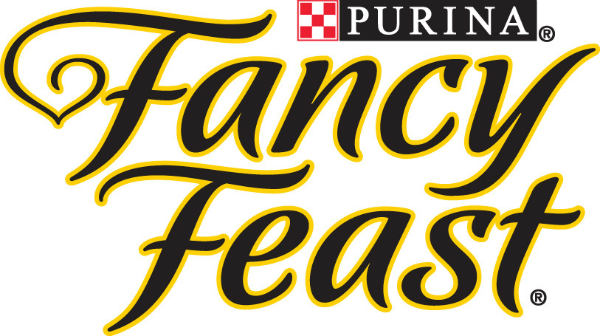Are you looking for the perfect indoor dry formula for your feline? Nurturing an indoor cat can be a challenge for most owners. With the perfect formula, you can make this experience a breeze. Today, it is possible to get indoor dry formulas in different brand names. It is, therefore, advisable to take your time when selecting a formula for your cat. Reading through the list of ingredients can go a long way in helping you through the selection process.
The Friskies indoor delights is amongst the numerous dry formulas for cats. The company that manufacturers this formula claims that this cat food is made with ingredients that have been formulated to promote healthy weight in cats while at the same time aiding in hairball control.
Is this dry formula the best for your indoor cat?
The ingredients
Ground yellow corn, corn gluten meal, chicken by-product meal, meat and bone meal, soybean meal, beef tallow preserved with mixed-tocopherols (form of Vitamin E), turkey by-product meal, powdered cellulose, animal liver flavor, soybean hulls, malt extract, phosphoric acid, calcium carbonate, salt, choline chloride, potassium chloride, dried cheese powder, parsley flakes, added color, taurine, zinc sulfate, Vitamin E supplement, ferrous sulfate, Yellow 6, manganese sulfate, niacin, Yellow 5, Red 40, Vitamin A supplement, calcium pantothenate, thiamine mononitrate, Blue 2, copper sulfate, riboflavin supplement, Vitamin B-12 supplement, pyridoxine hydrochloride, folic acid, Vitamin D-3 supplement, calcium iodate, biotin, menadione sodium bisulfite complex (source of Vitamin K activity), sodium selenite.
An overview of the first five ingredients
Ground yellow corn
As you might expect, this ingredient is simply yellow corn that has been ground into meal or flour. As with any other corn ingredient in cat food, this is a very controversial ingredient. Cats are obligate carnivores and do not receive much of any nutritional value from plant based and grain based ingredients. While it’s true that cats will eat the stomach contents of their prey in the wild, which usually includes plant based products, it is only consumed in small amounts and doesn’t really add any health benefits. Usually, this ingredient can be found in lower priced cat food because it can be used as a very cheap filler to help make your cat feel more full. However, since corn is a rather difficult to digest, many cats may have problems with this food. In addition, corn is one of the most well known food allergens for cats. While your cat may not suffer from corn allergies, it is a very common problem and one of the big reasons why this ingredient is so controversial.
Corn gluten meal
This is the dried residue from corn after the removal of the larger part of the starch and germ, and the separation of the bran by the process employed in the wet milling manufacture of corn starch or syrup, or by enzymatic treatment of the endosperm. The expression “corn gluten” is colloquial jargon that describes corn proteins that are neither gliadin nor glutenin. Only wheat, barley, rye and oat contain true gluten. For the most part, this ingredient is normally only found in cheaper “grocery store brand” cat foods. Corn is frequently used as a filler ingredient to help make your cat feel more full, but it does not add much of anything to the nutritional value in the food. In addition, this is a common allergen for many cats and corn based ingredients can often be difficult for cats to digest. That’s why we can’t recommend this food for cats with food allergies or sensitive digestive systems.
Chicken by-product meal
While this ingredient does provide a high amount of meat protein, this meat source is considered to be of lower quality than many other meat sources. Chicken By-Product Meal is produced through a process of cooking, drying and separation of fats and proteins from animal carcasses. It contains a dehydrated combination of meat (or cuts or parts) including lungs, spleen, kidneys, brain, livers, blood, bone, necks, undeveloped eggs and intestines. Usually, by-products are the “left overs” that can’t be used for human food consumption. The greatest fault of this ingredient is the same trait that makes it so affordable and so commonly found in pet foods. The unpredictability of what might (or might not) be included.
Meat and bone meal
Meat and bone meal is the dried and rendered product from mammal tissues. It does not contain horn, hair, hide trimmings, manure, stomach contents, added blood meal or poultry by-product. The calcium content should not be more than 2.2 times the phosphorus content. While this ingredient probably provides a high amount of animal based proteins, it is generally considered to be a very low form of animal proteins. With such generic labeling, we are unable to tell where the meat and bones are coming from. It could be coming from almost any animal. As with other unnamed meat sources, we remain very skeptical about this ingredient.
Soybean meal
This ingredient is created after grinding the soybean to extract soybean oil. In addition to being used in dog and cat food, it is widely used as a filler and source of protein in other animal diets including pig, chicken, cattle, horse, sheep, and fish feed. This ingredient can often be found in “hairball relief” cat foods as it is believed to help eliminate hairballs. While some cats are allergic to soy based ingredients, the pet food industry is pretty defensive of this ingredient claiming that despite the attempts of researchers to prove a link between soy and bloat, no studies to date show this link. Rather, breed, body type, weight and stress level are significant risk factors. The pet food industry also claims that soy products are a superb source of bodybuilding protein, coat-nourishing vegetable oil and healthful fiber for cats. As long as your cat isn’t allergic to soy based ingredients, this ingredient shouldn’t pose any problems, but it isn’t included without controversy.
Other ingredients in this cat formula
Beef tallow preserved with mixed-tocopherols (form of Vitamin E)
Tallow is a rendered form of beef or mutton fat, processed from suet. Suet is the hard white fat on the kidneys and loins of cattle, sheep, and other animals, used to make foods including puddings, pastry, and mincemeat. In short, Beef tallow is to beef what lard is to pork. Bottom line is that this is a fat source used in the food. Like all other carnivores, cats require a certain amount of fat in their diet. Beef tallow is also able to stay fresher for longer – another reason this is a popular ingredient in cat food. We have no problems with this ingredient being used and is probably beneficial to your cat.
Turkey by-product meal
Turkey is a fantastic source of very healthy animal based proteins. Since this is listed as turkey meal, that means almost all of the moisture was removed prior to the cooking process. This is actually a good thing as it will contain many times more protein than turkey that was cooked without the moisture being removed. Since this is a by-product, it may not include the most nutritious parts of the turkey including beaks and bones.
Powdered cellulose
Powdered cellulose is a cheap filler ingredient. It is obtain as a pulp from fibrous plant material and highly refined. Once processed, it looks and feels very similar to sawdust. Cellulose is used in a wide number of ways. In addition to being added to pet food, it is used quite a bit in human foods, but can also be used for things like insulation, rope making, and textiles. Just like in humans, this ingredient is indigestible for cats. There is no hard evidence to suggest this ingredient is unhealthy, but it wouldn’t be considered a higher quality ingredient, either.
Animal liver flavor
When the ingredient “animal liver flavor” is used, what animal did this liver flavor come from? We don’t know, and either do you. The only one who really knows this answer is the manufacture. You can try calling them to ask, but most pet food companies are tight lipped about their “proprietary information.” To put things in perspective, this ingredient is so processed that it’s just the FLAVOR of an unnamed animal liver. This ingredient can even be synthetically derived to imitate liver flavor. While it probably won’t pose much harm to your cat, the fact this is a flavor coming from an unnamed animal leaves us wondering, and that doesn’t instill much confidence or imply quality.
Is this formula ideal for allergic cats?
From the list of ingredients, this cat food does contain several allergy causing ingredients. It is, therefore, advisable to avoid feeding your cat on this dry formula if it suffers from allergies.
Healthy ingredients that should be used in cat foods
Meat based protein sources – This ingredient is considered to be low quality because it is almost impossible to tell what is included here. When labels are very generic, it can be an indication the company is trying to hide a certain controversial ingredient. In this case, meat based protein sources can mean almost anything. There are a lot of different types of meat out there and they all will supply “protein sources” for a cat, but what animal is the meat coming from? What protein sources are they talking about. This is a labeled ingredient that is highly questionable and we are very untrusting of it.
Vegetables – This is a pretty generic ingredient and it can include virtually any vegetable. Because of this, we are unable to properly analyze this ingredient. However, since cats are obligate carnivores, they do not gain much of any nutritional benefit from vegetables. That being said, in nature, cats almost always consume the stomach contents of their prey which usually includes various fruits and vegetables. It’s unfortunate this labeling is so generic as we are unable to vouch for the quality of the vegetables included.
Conclusion
Judging from the list of ingredients on the Friskies indoor delights (dry) cat formula, it is a low quality formula. It contains low quality ingredients comprising of allergens. This formula is unsuitable for cats with food sensitivities.




